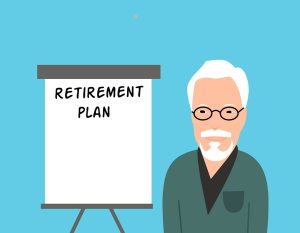 Courtesy of http://www.iii.org/fact-statistic/distracted-driving
Courtesy of http://www.iii.org/fact-statistic/distracted-driving
Results of fatigue from any cause include impaired cognition and performance, motor vehicle crashes, workplace accidents, and health consequences. Research shows that fatigue is a significant factor in motor vehicle, commercial trucking and rail collisions.
- Drowsy driving is a serious problem in the United States. According to a 2014 Centers for Disease Control and Prevention survey among nearly 150,000 adults in 19 states and the District of Columbia, about one in 25 adults reported that they had fallen asleep while driving at least once in the previous 30 days. People who snored or usually slept 6 or fewer hours per day were more likely to report falling asleep while driving.
- The National Highway Safety Traffic Administration (NHTSA) has found that determining a precise number of drowsy-driving crashes, injuries, and fatalities is not yet possible and relies on police and hospital reports to determine the prevalance of drowsy-driving crashes.
- NHTSA reports in 2017 there were 795 fatalities in motor vehicle crashes that involved drowsy drivers. Between 2013 and 2017 there were a total of 4,111 fatalities that involved drowsy driving. In 2017, there were 91,000 police-reported crashes that involved drowsy drivers. Those crashes led to about 50,000 people being injured.
- A December 2016 study by the AAA Foundation for Traffic and Safety found that drivers who usually sleep for less than 5 hours daily, drivers who have slept for less than 7 hours in the past 24 hours, and drivers who have slept for 1 or more hours less than their usual amount of sleep in the past 24 hours have significantly elevated crash rates. The estimated rate ratio for crash involvement associated with driving after only 4-5 hours of sleep compared with 7 hours or more is similar to the U.S. government’s estimates of the risk associated with driving with a blood alcohol concentration equal to or slightly above the legal limit for alcohol in the U.S.
- The Governors Highway Safety Association issued a report in August 2016 concluding that the estimated annual societal cost of fatigue-related fatal and injury crashes was $109 billion. This figure does not include property damage.
- A 2014 AAA Traffic Safety Foundation study found that 37 percent of drivers report having fallen asleep behind the wheel at some point in their lives. An estimated 21 percent of fatal crashes, 13 percent of crashes resulting in severe injury and 6 percent of all crashes, involve a drowsy driver.
- A 2013 study by the Federal Rail Administration found that fatigue greatly increases the chances of an accident in which human factors play a role, with the risk of such an accident rising from 11 percent to 65 percent.
- Although sleepiness can affect all types of crashes during the entire day and night, drowsy-driving crashes most frequently occur between midnight and 6 a.m., or in the late-afternoon, according to NHTSA.
- NHTSA found that many drowsy-driving crashes involve a single vehicle, with no passengers besides the driver, running off the road at a high rate of speed with no evidence of braking. Drowsy driving accidents frequently occur on rural roads and highways.
- The beginning of daylight savings is linked to an increase in auto accidents, according to an analysis by the University of British Columbia and a study by researchers at John Hopkins and Stanford University.
- In 2017, 1,306 drivers who were involved in fatal crashes (or almost 3 percent) were reported as being drowsy, as shown below:
Driving Behaviors Reported For Drivers And Motorcycle Operators Involved In Fatal Crashes, 2017
|
(1) The sum of the numbers and percentages is greater than total drivers as more than one factor may be present for the same driver.
Source: U.S. Department of Transportation, National Highway Traffic Safety Administration.

 2020 has aged us all….
2020 has aged us all….

